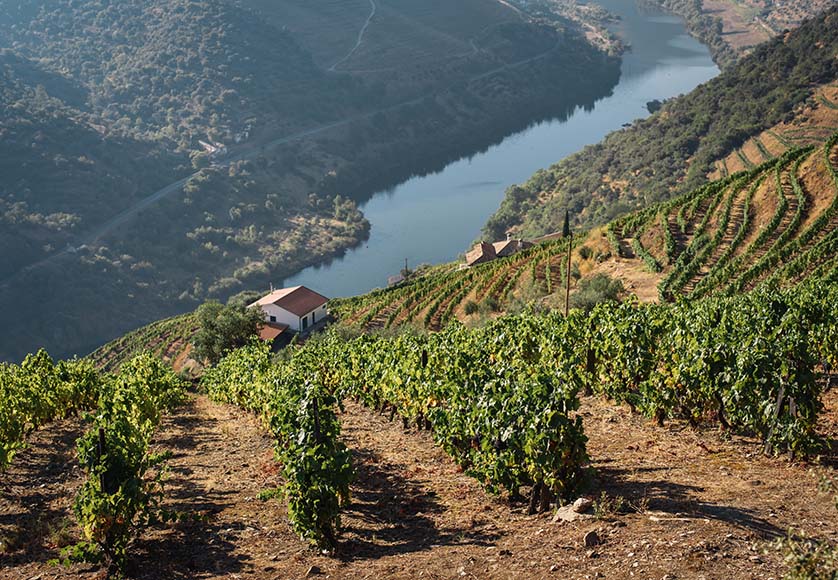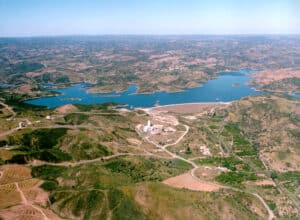Welcome to the September night sky. On the 22nd of this month, we have the autumn Equinox in the northern hemisphere. This is when the sun crosses the celestial equator heading southwards. Because of differences in the calendar, the September autumn equinox may occur anytime from September 22 to 24.
The point on the celestial equator where the sun crosses on the autumn equinox is called the first point of Libra, but because of the precession of the equinox, this point has since 730 B.C. moved into Virgo. At the Equinox time, the Sun rises directly in the east and sets directly in the west 12 hours later.
The planet Mercury is visible at the beginning at the month. On the 1st, Mercury is close to the very thin crescent moon just 45 minutes before sunrise. On the 9th of the month, Mercury will be seen just 10 degrees above the eastern horizon just half an hour before sunrise. The planet is close to the star Regulus.
The normally bright planet Venus is low in the west just after sunset and on the 5th. The waxing crescent moon will be close to the planet just 30 minutes after sunset.
The red planet Mars rises after midnight in the direction east north-east. Mars will be at its brightest in January next year. The last quarter Moon will be close to Mars on the 25th.
The gas giant planet Jupiter is in the constellation of Taurus. It’s in similar position in a night sky than the much fainter planet Mars. The last quarter Moon will be close to Jupiter on the nights of 23rd and 24th of this month.
The ringed planet Saturn is at opposition on the night of September 8 and it will be seen high in the south at local midnight in the constellation of Aquarius. On the 16th, the full moon will be close to Saturn.
The full moon of September 17 and 18 will also be a partial lunar eclipse. This will happen on the early morning of the 18th with maximum obscuration at 04:44 local time. When a total or partial lunar eclipse happens, they are usually followed by a total or partial solar eclipse. In fact, on October 2, we have an annular solar eclipse, unfortunately only visible from the pacific area including Easter Island.
On September 9, we have the Epsilon Perseid meteor shower. This shower is not very noticeable, producing less than five meteors per hour. September does not have many meteor showers.
The Moon is new on the 3rd, first quarter on the 11th, full on the 18th and last quarter on September 24.
By Clive Jackson
|| features@algarveresident.com
Clive Jackson is the director of the Camera Obscura – Tavira EYE attraction, located near the Castle of Tavira. Specialising in education and public outreach.
281 322 527 | info@torredetavira.com www.torredetavira.com
To see the September Sky Map click on the pdf link below


























